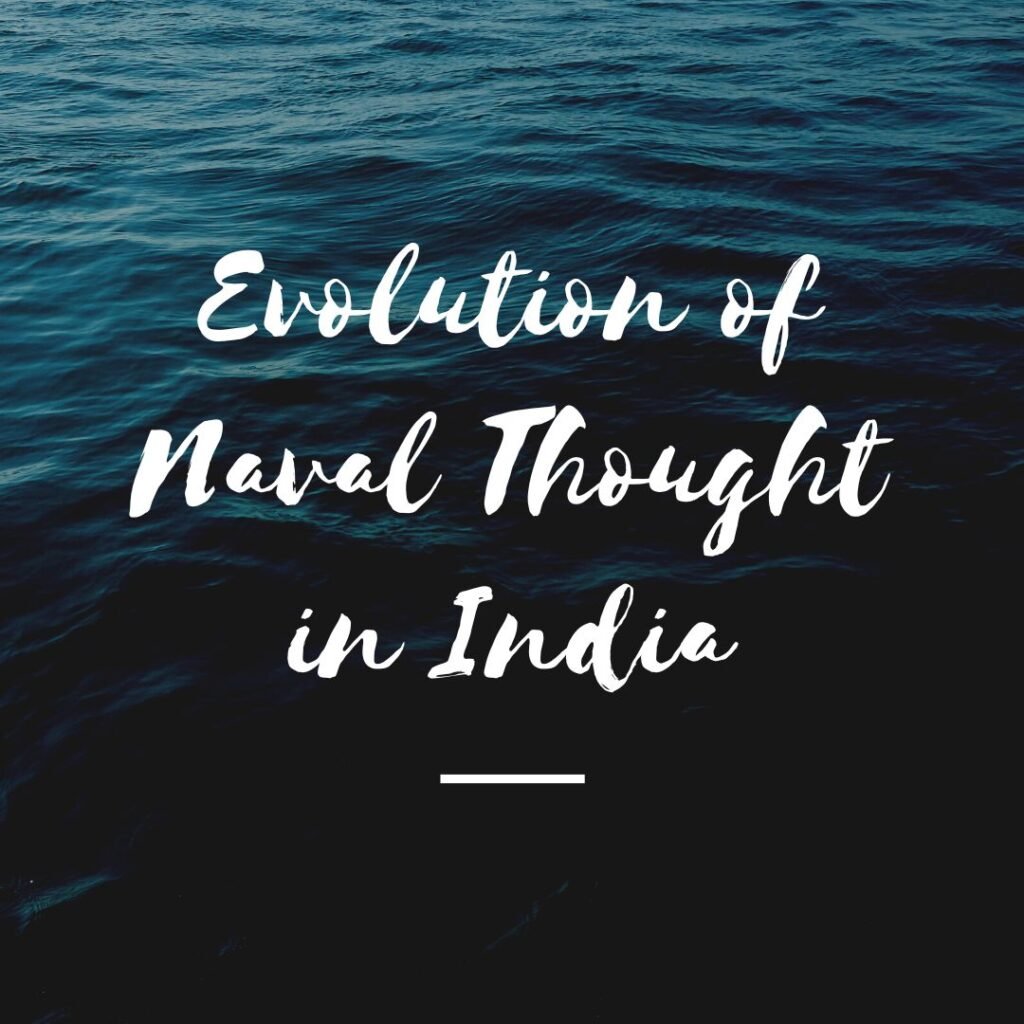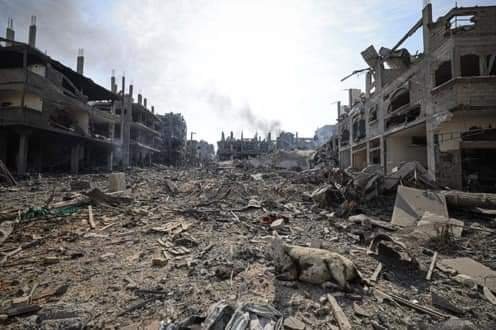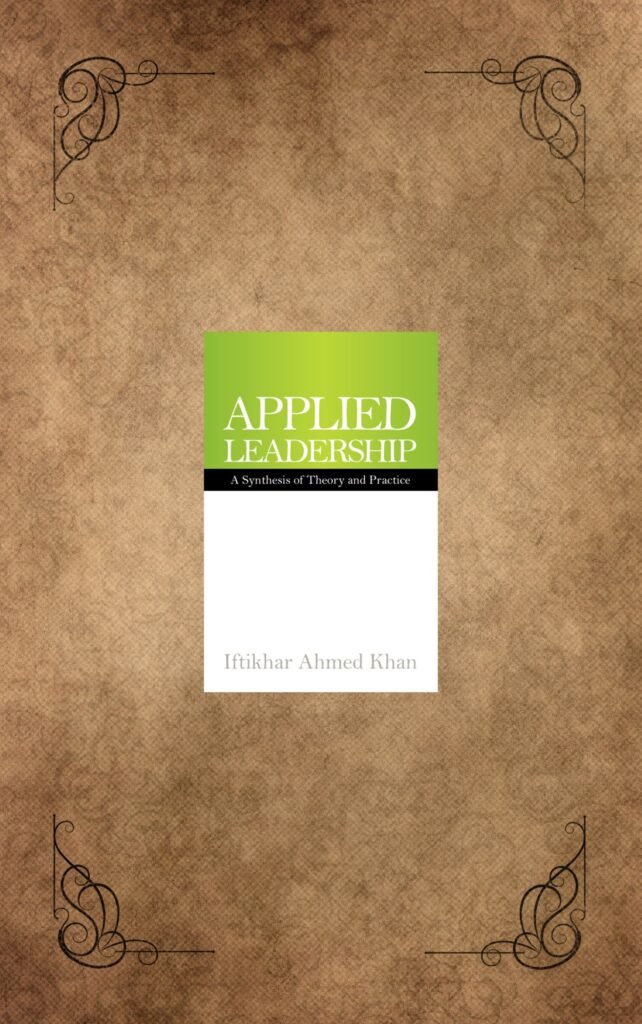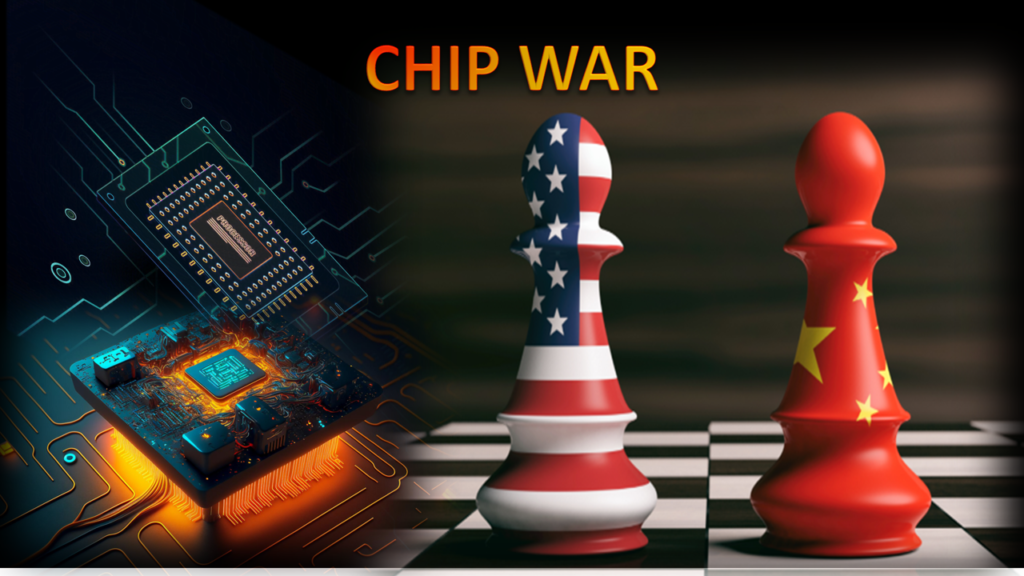Indo-pacific and Indian Maritime Diplomacy: Power, potential and policy will define the future of this world. Lately, Indo-pacific has become a buzzword in international power dynamics. India’s geography provides unique opportunities and challenges in today’s multipolar world. Indian policy circles are cognizant of the potential that maritime arena presents. This article focuses on Indo-pacific and Indian Maritime Diplomacy.
Indo-Pacific and India
As U.S. realized the Chinese threat to its continued economic and military dominance. ‘Pivot to Asia’ came into effect during Obama’s administration. Although, it is nothing new but a continuity of U.S. policies towards containment of China. Unlike Japan or Germany, President Xi chose to make ‘China great again’. This went against the expectations of being a so-called ‘responsible stakeholder’ in an American-led international system.
Graham Allison of Harvard Kennedy School, explains the historically unprecedented shift in relative power dynamics of U.S. and China. He uses two words; ‘tectonic shift’. Chinese relative power has risen in all spheres meteorically. This has happened at a much faster pace than expected or even on occasions as promised. While, U.S. position has declined dramatically. As U.S. capacity to compete remains elusive; containment seems a more convenient option. For containment, India is an important entity.
This is not the case with U.S. alone. All countries, who see competition or threat by the rise of China see India as an important country. To name a few EU, France, U.K., Australia, Japan and ASEAN countries identify India as crucial to their Indo-pacific strategies. Indian geography is crucial as it dominates entire Indian Ocean Region. Steadily Indian naval capacity and presence is also enhancing. As this capacity enhances, Indian Maritime Diplomacy will continue to remain central to Indian power projection and partnerships.
Seven major choke points are identified in Geography of Transport Systems written by Jean-Paul Rodrigue. Four choke points are in IOR. Namely Strait of Malacca, Strait of Hurmuz, Bab-al-Mandeb and Suez Canal. Remaining three are Dardanelles and Gibraltar in the Mediterranean and Panama Canal joining Atlantic and Pacific Oceans.
Looking at the map vis-à-vis India’s location relative to these choke points alone should inform the reader of central importance India has for any Indo-pacific strategy against China. The maritime leverage India thus enjoys is critically important for the outlook of the region and the world. Latest Indian official naval history publication on 2011-22 period, named ‘A Decade of Transformation: Signaling Power and Partnerships,’ terms Indian geo-strategic location as ‘enviable’.
Indo-pacific and Indian Maritime Diplomacy: Trade and Indian Ocean Region
From east to west and north to south whatever happens in Indian Ocean Region is going to be central to the world powers in the coming quarter of this century. A factor that contributes to geographical importance of an area and its commerce is the amount of trade that passes through that area. Since ancient times importance of geography remained vital to blue economy. Maritime history informs that Venetians of Mediterranean prospered because of the control on trade from their shores so did the Pharaoh’s of Egypt on the southern side.
As per UN Conference on Trade and Development review of maritime transport for 2022, global containerized trade stood at 165 million twenty-foot equivalent unit (TEUs). It means 165 million 20 feet containers were transported worldwide through sea. If for calculations sake we agree that one twenty feet container carries 20 tons of goods, we can assume that in 2022, 3.3 billion tons of goods were transported in containers via sea.
Of these worldwide movements, more than 66 million containers were transported on mainlane East West route (route that crosses Indian Ocean), roughly 40 percent of the world containerized trade. More importantly, more than 21 million containers were moved on Non-mainlane East West route (Indian Ocean) accounting to 12.9 percent worldwide trade. More than 20 million were moved on South-South route (Indian Ocean) accounting for 12.5 percent worldwide.
If for the sake of ease of calculation, we agree that only twenty five percent of mainlane east west route shipment passed through Indian Ocean that will account to 10 percent of total worldwide container ship movements. Combining all three brings us to this conclusion that roughly more than 35 percent of worlds container cargo traversed in Indian Ocean. That is more than one-third of global containerized trade.
In 2021, dry bulk trade, including major and minor bulks, totaled about 5.5 billion tons. Iron ore, coal and grain amounted to 3.2 billion tons. Why this particular fact matters? Because, it is where this major bulk originates or ends up. Seeing statistics from this perspective make an interesting finding with regard to Indian Ocean Region.
As per details of world market share of major bulk importers and exporters in 2021, Australia, South Africa and India combinedly exported 64 percent of world iron ore requirement with bulk of 58 percent coming from Australia. Most of it flows east with China, Japan and South Korea being part of world’s largest importers of iron ore totaling 86 percent of world imports. China having highest import quota of 73 percent.
Similarly in coal, Indonesia, Australia and South Africa are largest exporters with 69 percent of worldwide exports. China, India, Japan, Republic of Korea, Taiwan and Malaysia account for 72 percent of world’s coal imports. Again, majority of coal also flows through Indian Ocean Region.
As grain exporters only Australia has a share of 7 percent in worldwide exports. However, the region has largest shares in imports because of large populations. South and east Asian countries, Africa and Middle Eastern region imports about 76 percent of grain. A considerable number of grains carrying ships traverse this area.
The UN report stated that companies transported over 2.95 billion tons of crude oil, petroleum products, and natural gas in the year 2021. As per the US Energy Information Administration list of top 10 oil producers in the world, five countries are in the Middle East. Namely Saudi Arabia, Kuwait, Iraq, Iran and United Arab Emirates. This amounts to more than 27 percent of world oil production. While amongst top 10 oil consumers five states are located in Indo-pacific. It will be safe to assume that overall, roughly about more than one third of world oil trade flows through the region.
In terms of gas, it is even more. As per US Energy Information Administration there were 7257 trillion Cubic Feet of proven natural gas reserves in the year 2020. Out of the proven gas reserves, 3342 trillion cubic feet of gas reserves exist in Indian Ocean Region countries. That makes it approximately 46% of the world reserves; almost half of it. Table below, based on US Energy Information Administration data, indicates proven gas reserves in Indian Ocean Region.
| Country | Gas Reserves (tcf) |
| Australia | 113 |
| Bahrain | 6.8 |
| Bangladesh | 4.5 |
| Comoros | Nil |
| Djibouti | Nil |
| Egypt | 63 |
| Eritrea | Nil |
| India | 47 |
| Indonesia | 96 |
| Iran | 1197 |
| Iraq | 132 |
| Israel | 6.2 |
| Jordan | 0.2 |
| Kenya | Nil |
| Kuwait | 63 |
| Madagascar | N/A |
| Malaysia | 42 |
| Maldives | Nil |
| Mauritius | Nil |
| Mozambique | 100 |
| Myanmar | 23 |
| Oman | 23 |
| Pakistan | 21 |
| Qatar | 843 |
| Saudi Arabia | 320 |
| Seychelles | Nil |
| Singapore | Nil |
| Somalia | 0.2 |
| South Africa | N/A |
| Sri Lanka | Nil |
| Sudan | 3 |
| South Sudan | Not known |
| Tanzania | 0.2 |
| Thailand | 6.1 |
| Timor-Leste | Nil |
| United Arab Emirates | 215 |
| Yemen | 17 |
Gas reserves are also concentrated in Middle East accounting up to 38 percent of the world total. Indian Ocean Region is bound to have all this traffic on its waters. With conflicts in other zones and infrastructural developments as well as future discoveries it is likely that the region will see greater movements of even greater amounts of energy resources in the future.
Indo-pacific and Indian Maritime Diplomacy
Indian Maritime Security Strategy 2015 (IMSS) asserts that maritime engagements are important for shaping maritime environment. These engagements are vital aspect of Maritime Diplomacy. IMSS 2015 identifies port visits, personnel exchanges, staff talks and interactions, exercises with foreign navies, maritime assistance, operational interactions and high-level maritime strategic interactions as means for such engagements.
In the last decade or so, India has recalibrated its engagements. These include policies and initiatives such as, Neighborhood First, Security and Growth for All in the Region (SAGAR), Look East and Act East, Look West, India–EU Connectivity Partnership, India–EU Maritime Security Dialogue, and India–UK Maritime Dialogue, trilateral dialogues India–Australia–Japan, India–Japan–Italy, India– Australia–France, and India–Sri Lanka– Maldives, Forum for India–Pacific Island Cooperation (FIPIC), QUAD, I2U2, Indian Ocean Commission (IOC), Indian Ocean Naval Symposium (IONS), Indian Ocean Rim Association (IORA), Indo-Pacific Oceans Initiative (IPOI), establishment of Information Fusion Center – Indian Ocean Region (IFC-IOR) and introduction of Goa Maritime Enclave are examples of such engagements. Most of these policies and initiatives are dependent on or are for maritime domain.
Internal readjustments such as establishment of the office of Chief of Defense Staff and Department of Military Affairs at MoD, appointment of first ever National Maritime Security Coordinator under National Security Advisor, prospective Theater Commands especially Maritime Theater Command, relaxations in defense procurement and lease through Defense Acquisition Procedure 2020, investments in AI based on recommendations of multi-stakeholder Task Force headed by Chairman of Tata Sons, consolidation of Indian indigenous defense manufacturing and developments of ports infrastructure through Sagarmala project are indicators of the context and shaping of Indian maritime and defense policies.
On the naval front, Indian Navy in the past decade has substantially enhanced its engagements with USA, France, Russia, Japan, Australia, EU, Singapore, Indonesia, Vietnam, Myanmar, Thailand, Sri Lanka, Bangladesh, the Maldives, Mauritius, Seychelles, Saudi Arabia, UAE and Oman. In 2015, Indian Navy portfolio of bilateral naval exercises was 15; by 2020 it rose to more than 30. Through Mission Based Deployments (MBDs) Indian Navy has almost tripled its surface ships deployment. Since 2010, on average 4 Indian Ships per year operated for certain durations in South China Sea. From 2011 to 2020, Indian naval units made 982 port calls, mostly in IOR region. While, 379 foreign naval ships visited Indian ports from the period 2011 to 2021.
Indo-pacific and Indian Maritime Diplomacy: In Conclusion
Regardless of the debate on measures of effectiveness and rates of success. These policies, initiatives and engagements are clear manifestation of what I term as ‘maritime realization’ in highest echelons. In the power, potential and policy matrix, India ticks all three. Economic performance will have to remain at par. In addition northern and internal conflicts need to be maintained at acceptably manageable level. Achieving that could lead to a subsequent increase in urgency in their materialization.
For more on major naval exercise Malabar.






